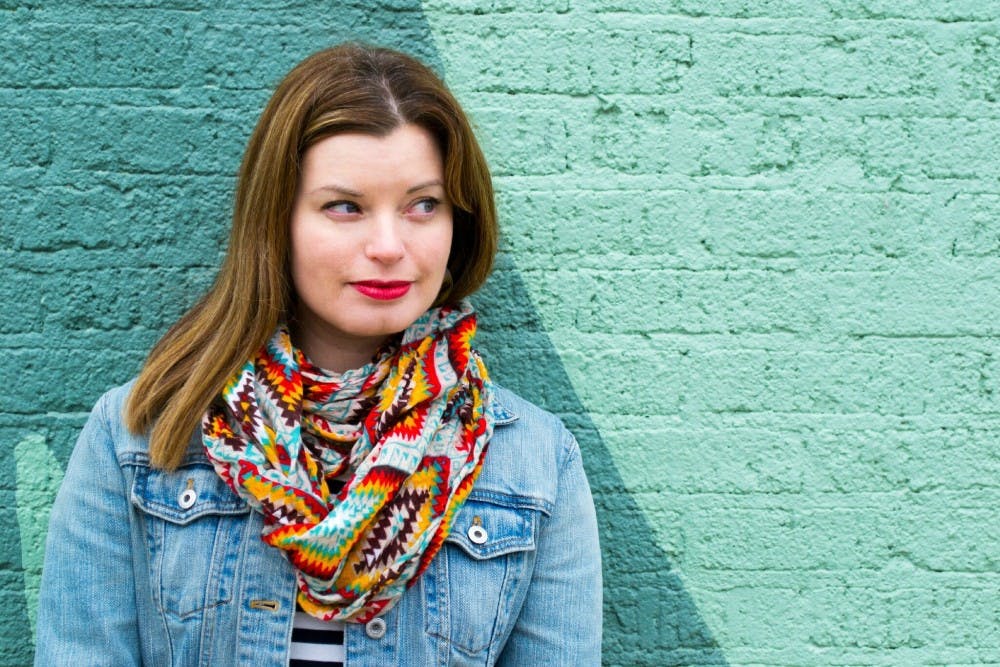Exploring the unexpected, the slightly odd and the strangely wonderful in art history — that’s the mission of ArtCurious, an internationally popular bi-weekly audio show.
Beginning this month, ArtCurious has launched its third eight-episode season that will continue through July. The podcast can be downloaded for free via Apple Podcasts, Google Play, Stitcher, as well as the show’s website.
Staff writer Laura Shanahan spoke with writer, producer and host Jennifer Dasal about season three’s focus on rivalries in art.
The Daily Tar Heel: Tell me about the ArtCurious Podcast. What was your inspiration behind its creation?
Jennifer Dasal: I'm a big fan of podcasts, I've been listening to them for years. I basically use them as the backdrop to my life. I listen to them while I'm driving, while I'm doing the dishes, while I'm at work. I love them and I always thought, "Oh, that sounds like something fun to do." I hadn't found many art history podcasts that I really enjoy. There are a few out there, but a lot of them tend to be people chatting around a table, which is really fun, but not necessarily what I was looking for. On the other end, there are podcasts by people who are very dry and more like academic lecturers. I was looking for something that I thought was a little bit more fun and different.
There was something that I felt was missing. At the same time, I have been reflecting for a number of years on the fact that in my main job as curator, I tend to meet two groups of people. I am either meeting people who say "I love art. I'm at museums all the time. I'm always reading books about art. I can't get enough." Or I meet people who say, "I think art is just not very exciting. It's kind of boring. I love dance, I love music, I love movies, but art on the wall — nothing exciting for me." I always thought that was a shame — there are all these really cool stories behind that painting. And if you hear the stories, you might change your view on that painting. It might make a big difference about your thoughts on whether or not art is actually boring. Somewhere along the line, I thought a good way to maybe help change those thoughts is by listening to a podcast about something that might be different, slightly odd and unexpected.
DTH: The third season of ArtCurious will examine the rivalries of eight groups of artists. How has rivalry affected art?
JD: I think it's something that's been really interesting because there have been some really well-known, public rivalries throughout time, like Jackson Pollock and Willem de Kooning, Picasso and Matisse. Then there are these quiet rivalries, like the one that I talk about in my first episode about Judith Leyster and Frans Hals during the Dutch Golden Age of art. And you start noticing that, either consciously or subconsciously, rivalry really pushes you to become better or to make your art bigger — and that's one of the really visible ways that rivalries have impacted and affected art.
Then I also think that rivalries are sometimes things that the artists either don't actually feel themselves, but are ones that have been sort of put on them. So, I'll be doing an episode a little bit later this season that's about the wives of Jackson Pollock and Willem de Kooning who themselves felt a rivalry — simply because they were married to their husbands who were rivals. At the same time, there's the sense that because they were married to very big artists almost puts them at odds with their own husbands. We were always putting them in comparison to their husbands, even though they were also well-known, famous artists in their own right. And there's no need to put them in a rivalry with their husbands.




